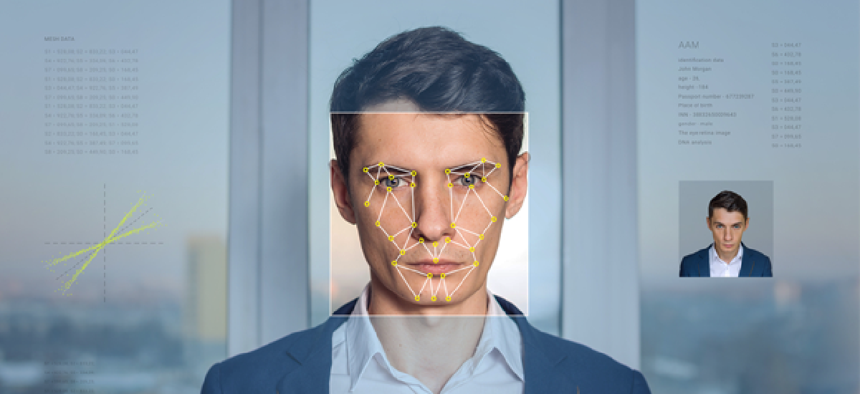TSA explores facial recognition at LAX


Connecting state and local government leaders
The Transportation Security Administration is testing facial recognition technology that compares almost real-time images of passengers' faces with the images on their electronic passports.
At Los Angeles International Airport, the Transportation Security Administration is testing facial recognition technology that compares almost real-time images of passengers' faces with the images on their electronic passports.
The trial that began Jan. 30 at one of the busiest airports in the nation is one of several biometric identification pilots being conducted at various airports by TSA and Customs and Border Protection.
The programs aim to more quickly verifying passenger identities by comparing just-captured fingerprints and facial images with verified and digitized records. It also hopes to make passenger security and customs lines more efficient.
TSA wants to leverage facial images taken at specially designated gates against existing identification photos on e-passports to verify identity, instead of using temporary databases.
The approach, it said in the privacy assessment of the trial, could transfer to other "trusted identification" document programs, such as Real-ID compliant driver's licenses that match newly gathered biometric information with biometric and biographic data on existing IDs.
To notify travelers of the voluntary trial, TSA said it has posted signs designating the technology trial lanes in the terminal.
Under TSA's trial process, passengers will present their digital or paper boarding passes to the e-Gate (electronic gate) scanner, which captures the name on the document. The scanner will then match the name to boarding pass data. If the names match, the system will extract the passenger's photo from the e-Passport's embedded chip to use for facial matching. Passengers will be prompted to look at the facial recognition camera, which captures an image in real-time. That photo is then compared to the picture taken from the e-Passport.
Positive matches open the security gates. Negative matches are referred to the document checker for review.
Facial image data will reside only momentarily on the e-Gate non-networked computer, according the privacy assessment, with personally identifiable information, including the e-Passport and real-time facial images, being deleted once the passenger completes the e-Gate process. TSA plans to retain statistical data about the e-Gate and component operation. The technology is stand-alone and not networked to any TSA or airport IT system.
CBP is also is moving quickly ahead on trials of its biometric exit program at several U.S. airports. A biometric exit capability allowing the agency to track visa holders leaving the county had been a protracted challenge for CBP, as it sought a way to effectively and quickly compare biometric scans at airport checkpoints with image databases.
The agency had a breakthrough in 2017, finding a way to compare photos of international travelers against pre-populated galleries created from previously collected images.
British Airways and CBP tested a facial imaging system at LAX in December based on that process.
This article was first posted to FCW, a sibling site to GCN.
NEXT STORY: NIST's digital identity deadline approaches




